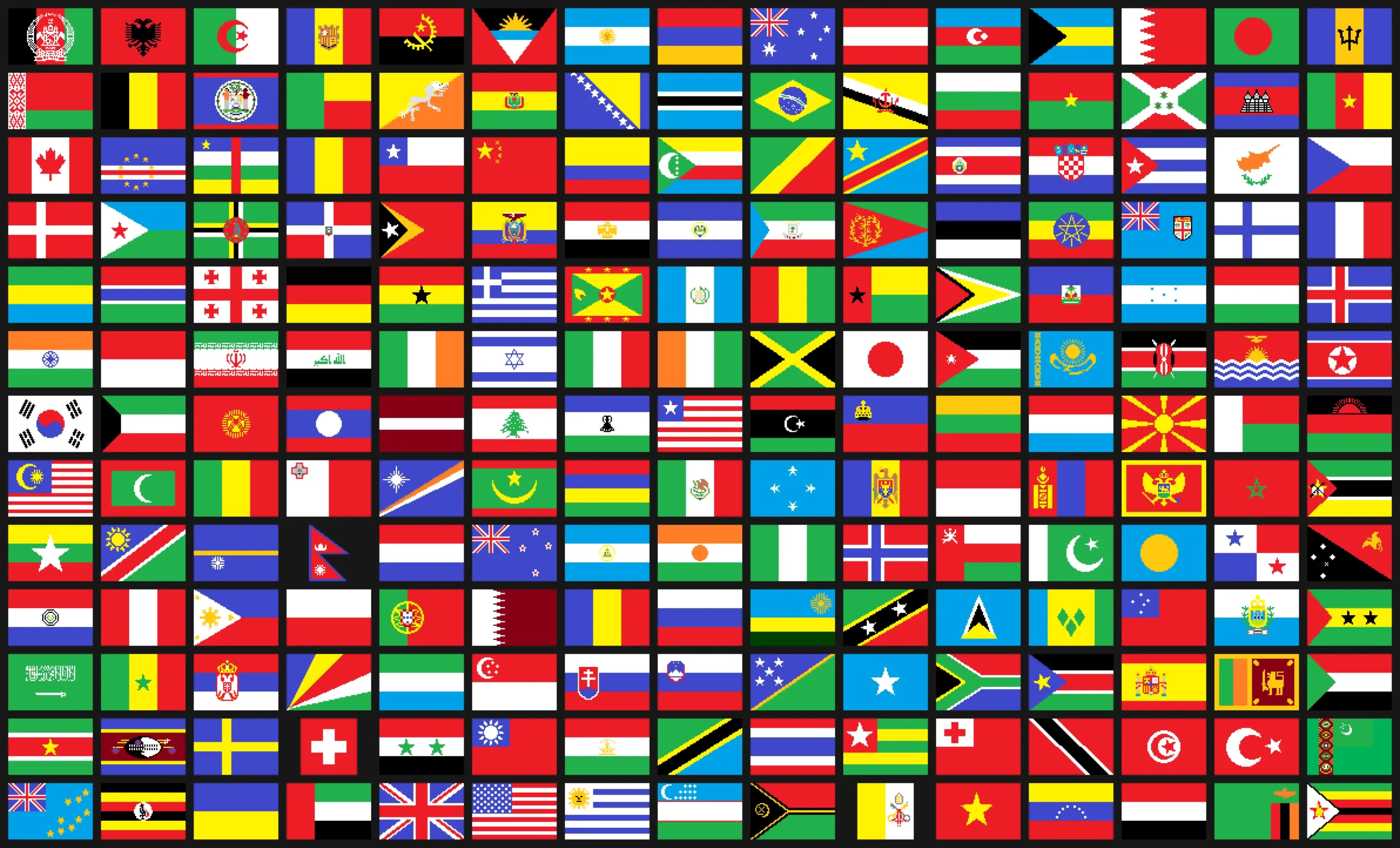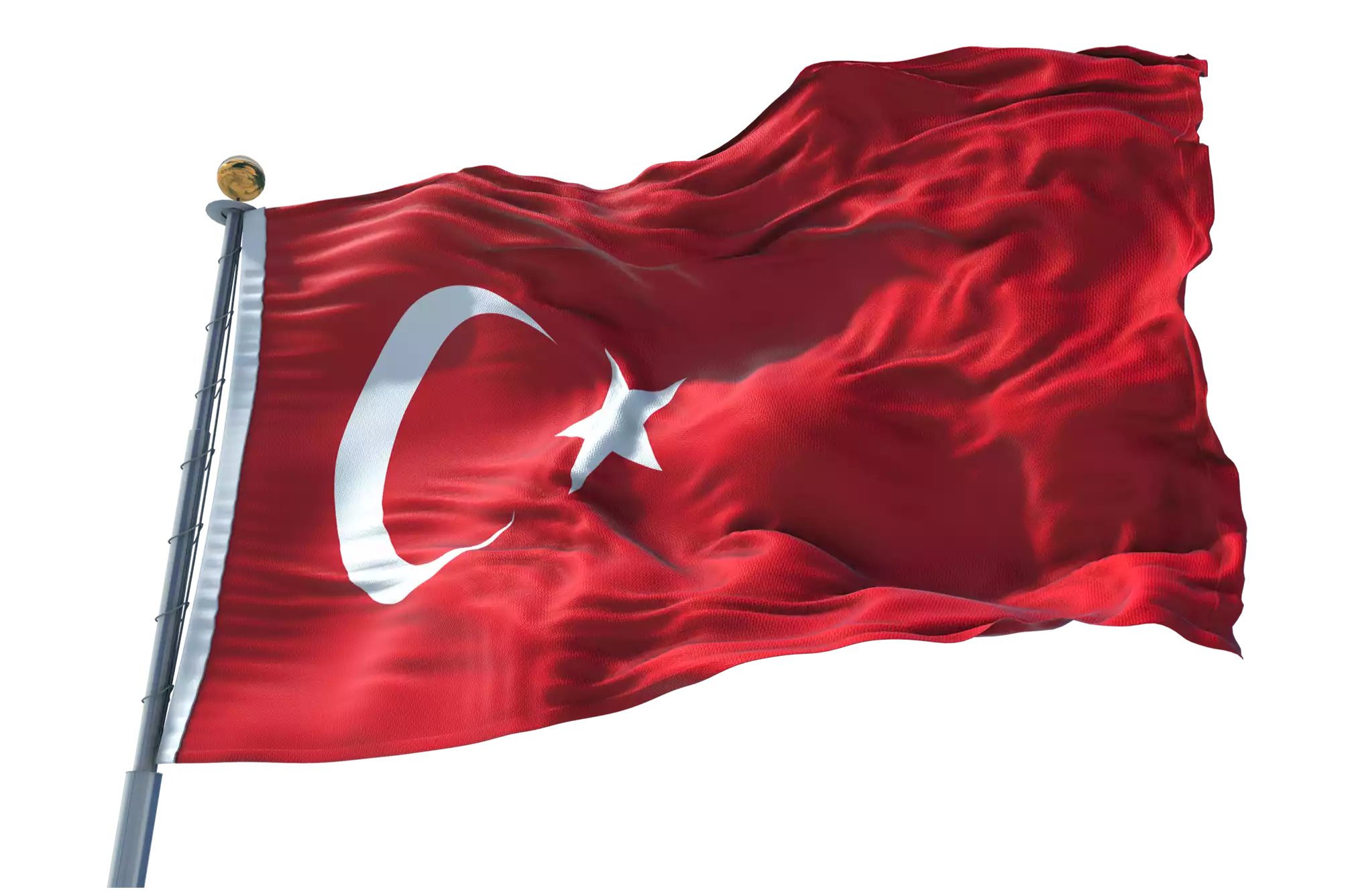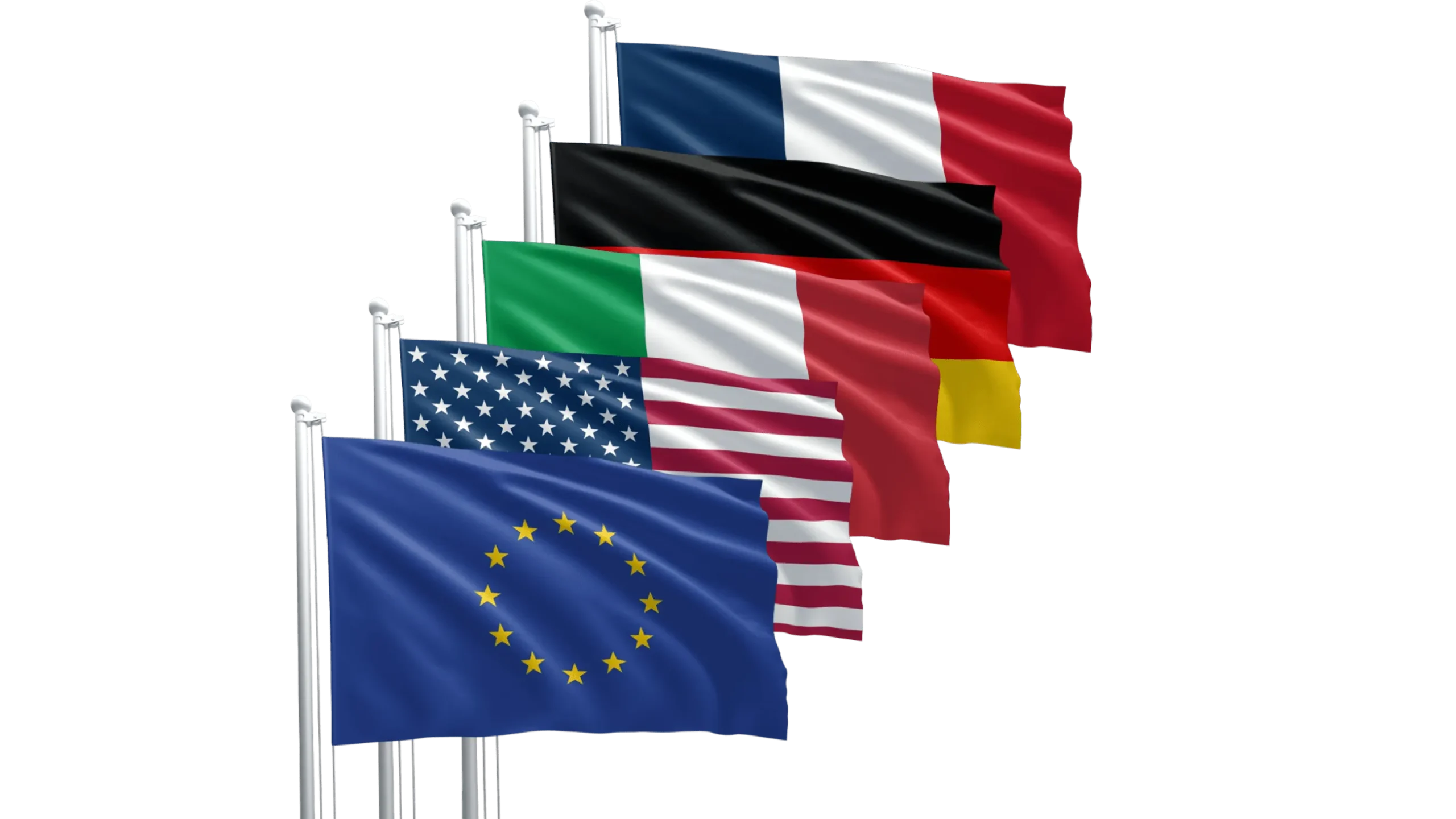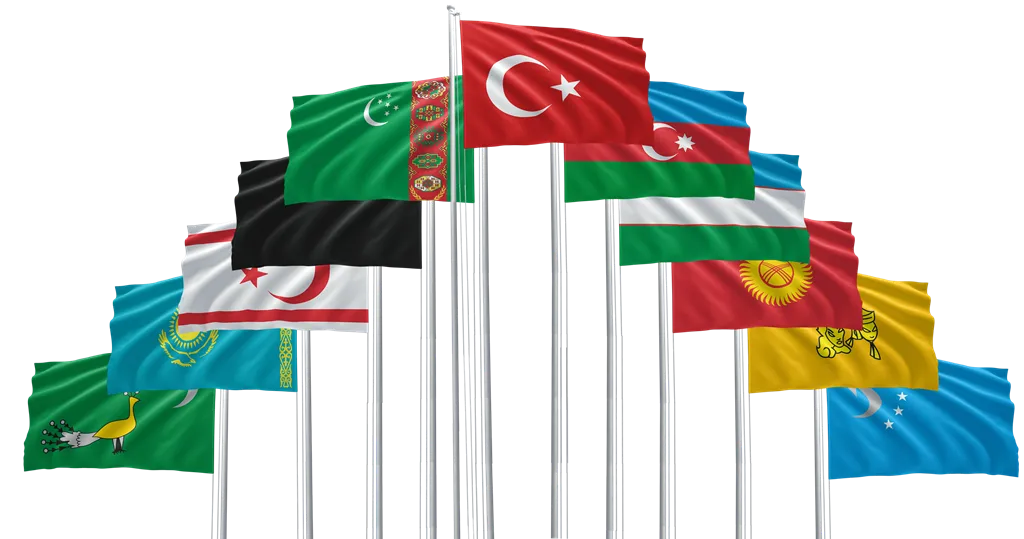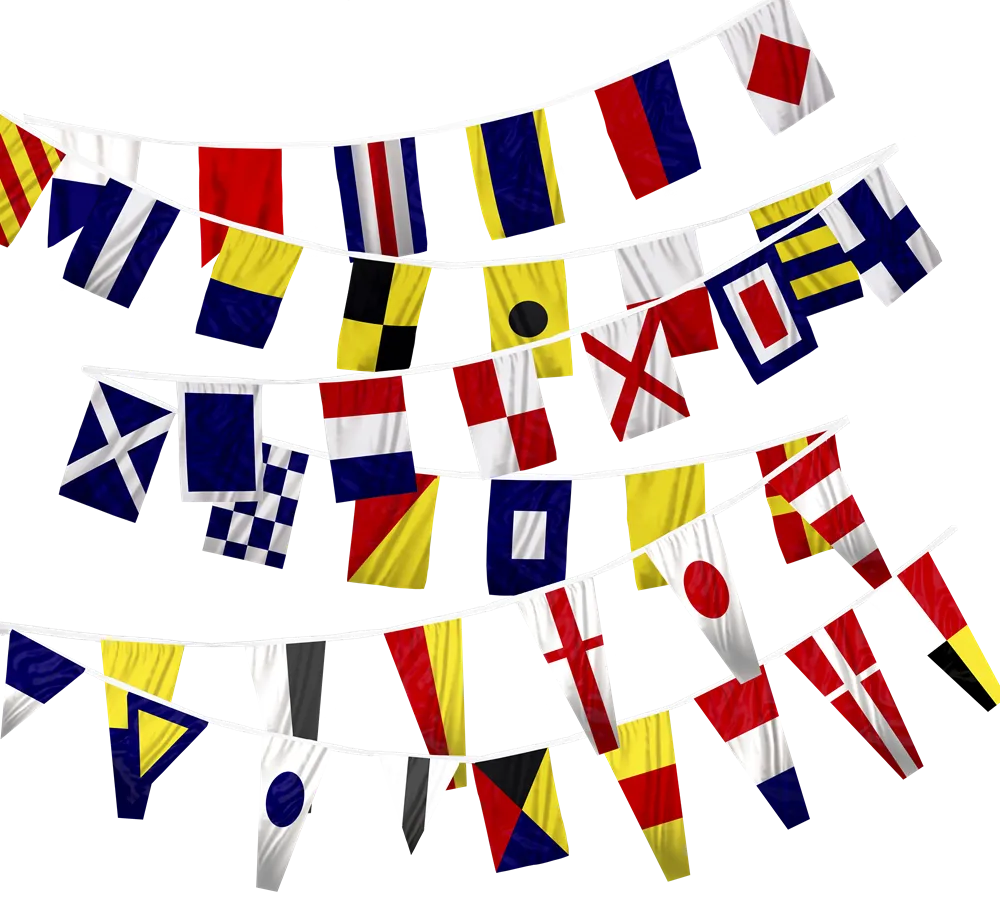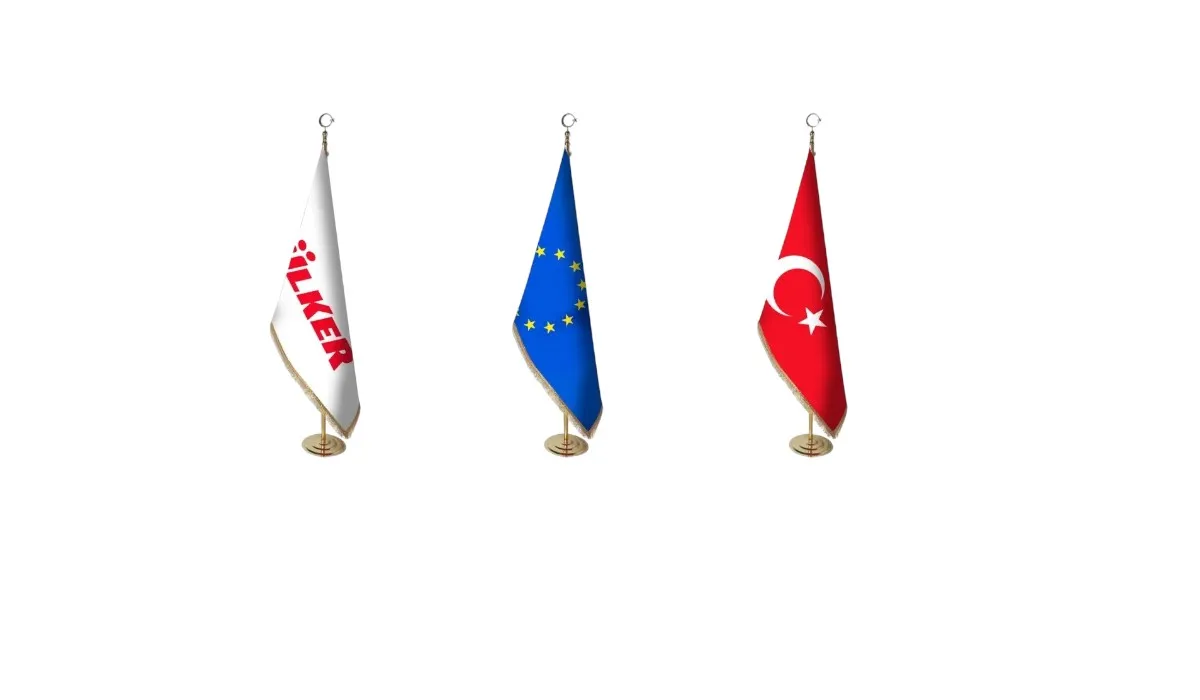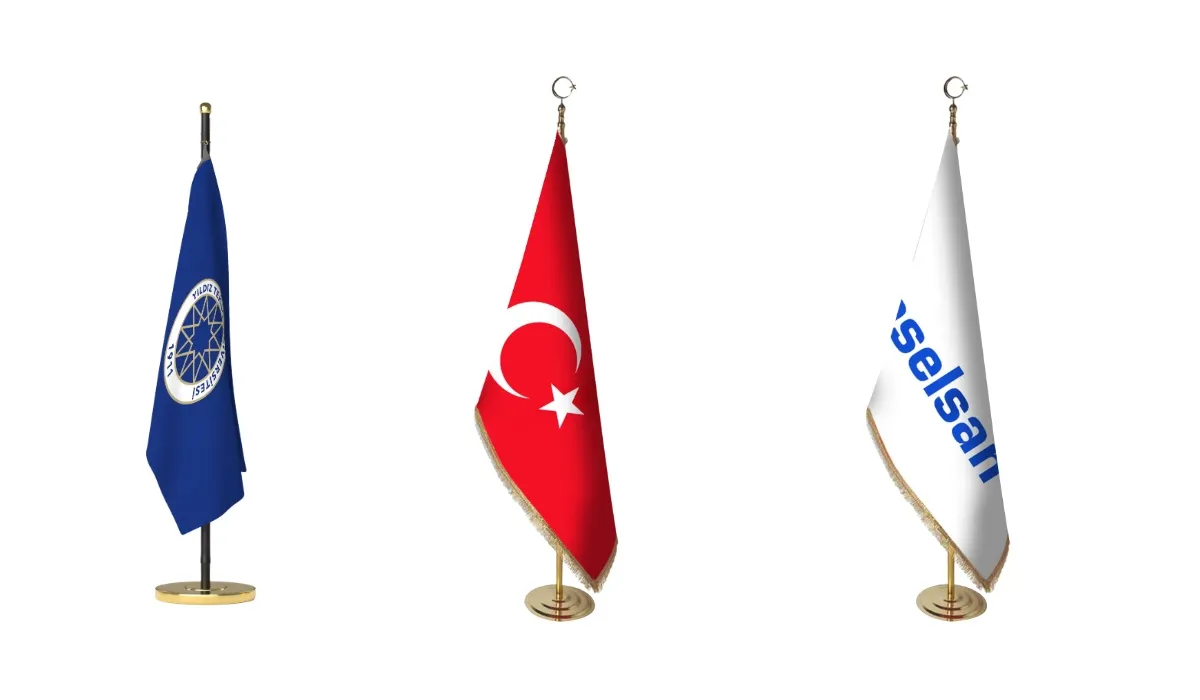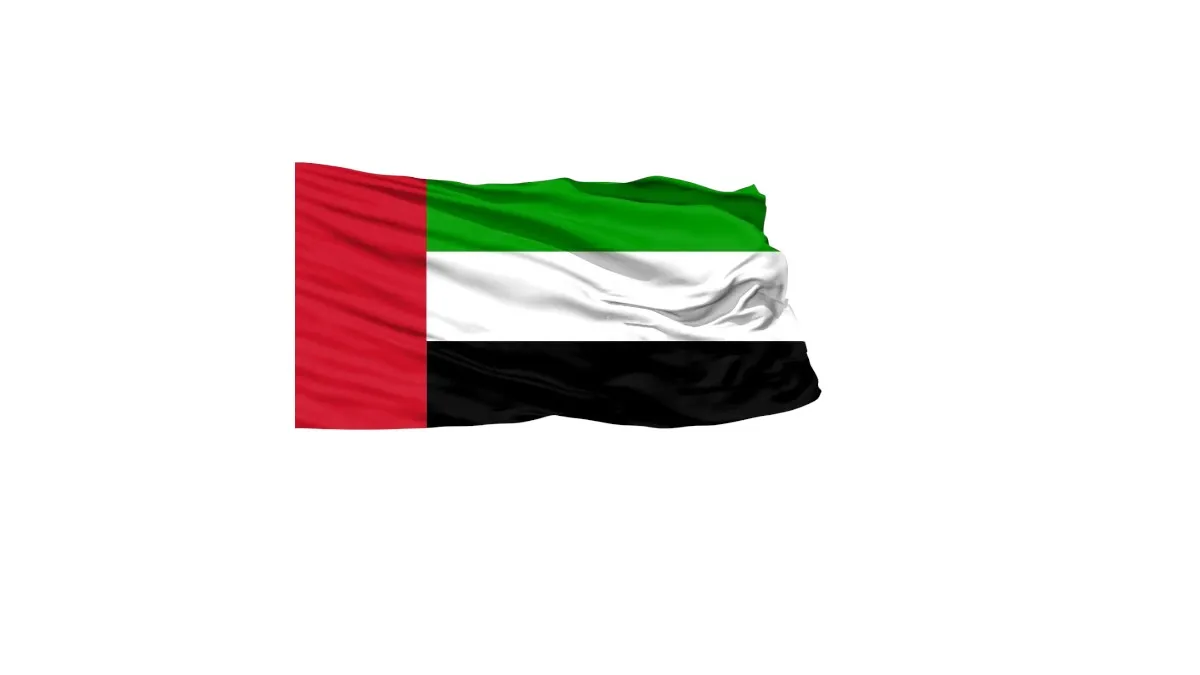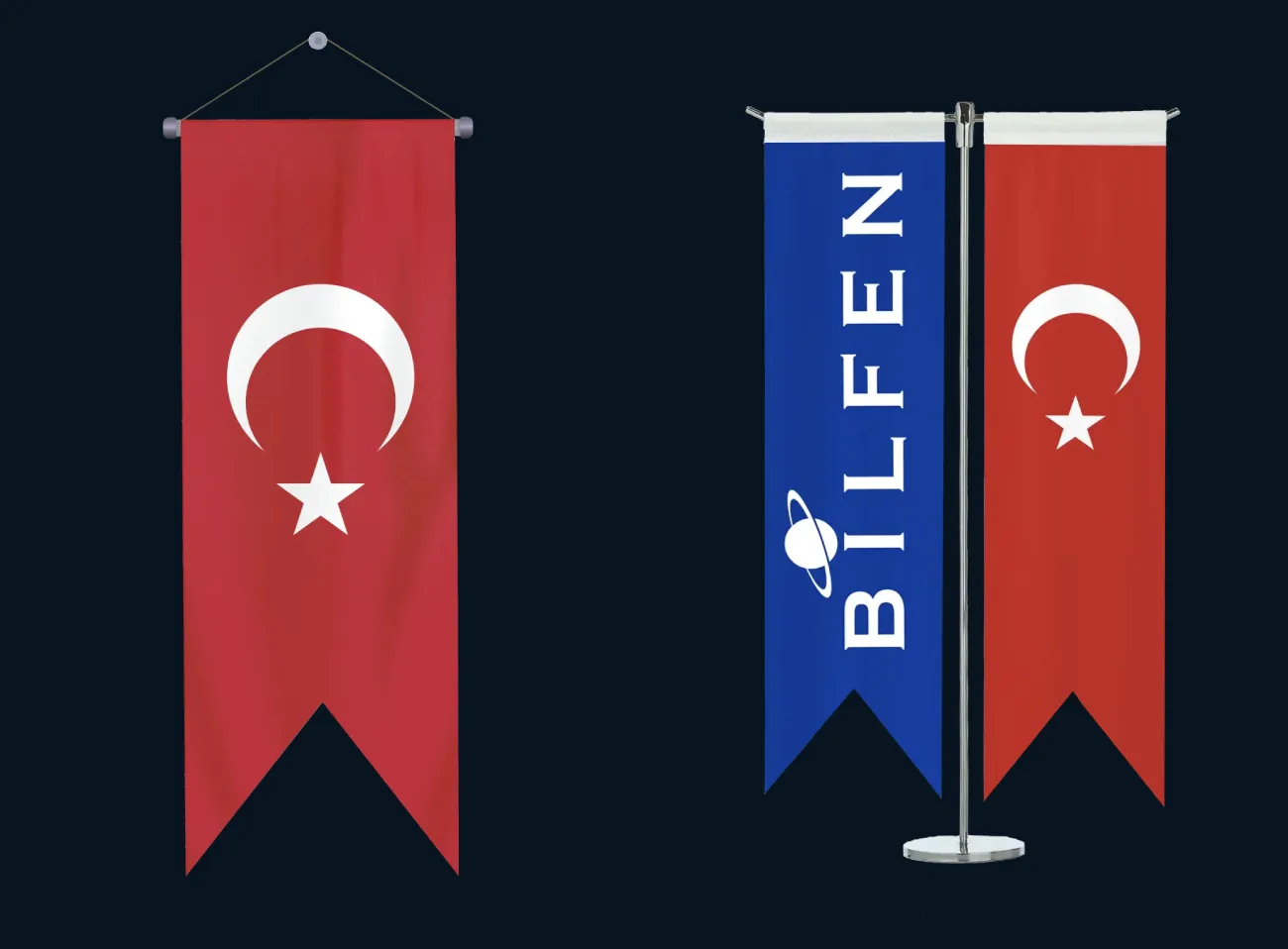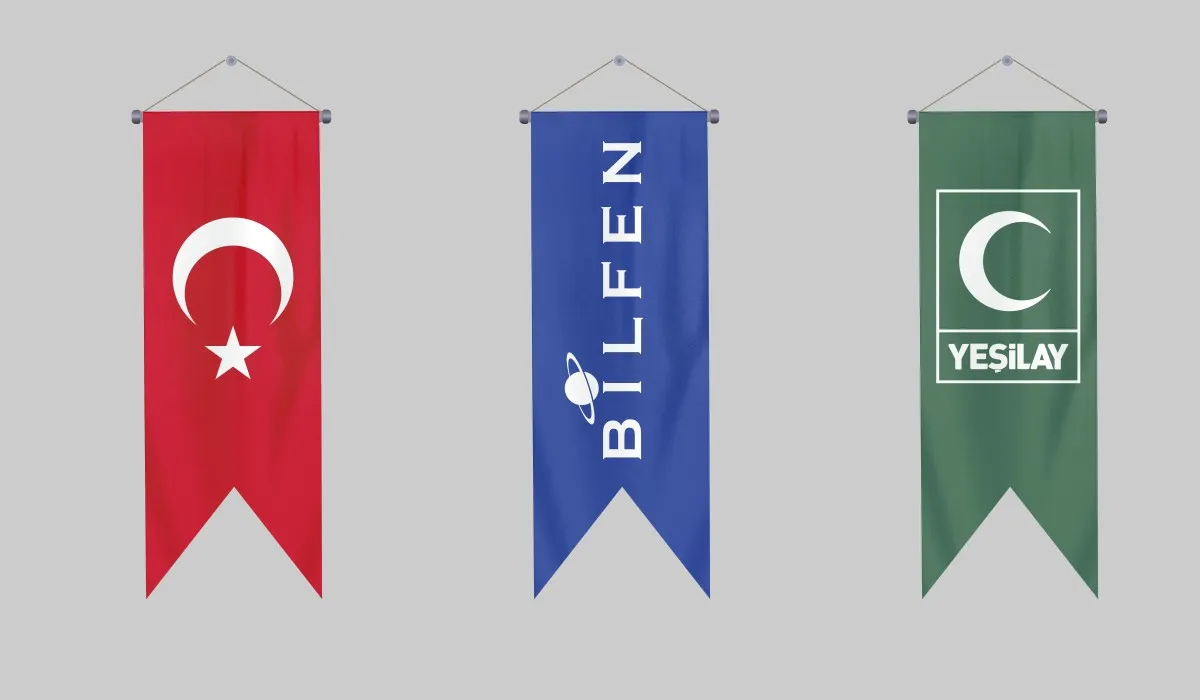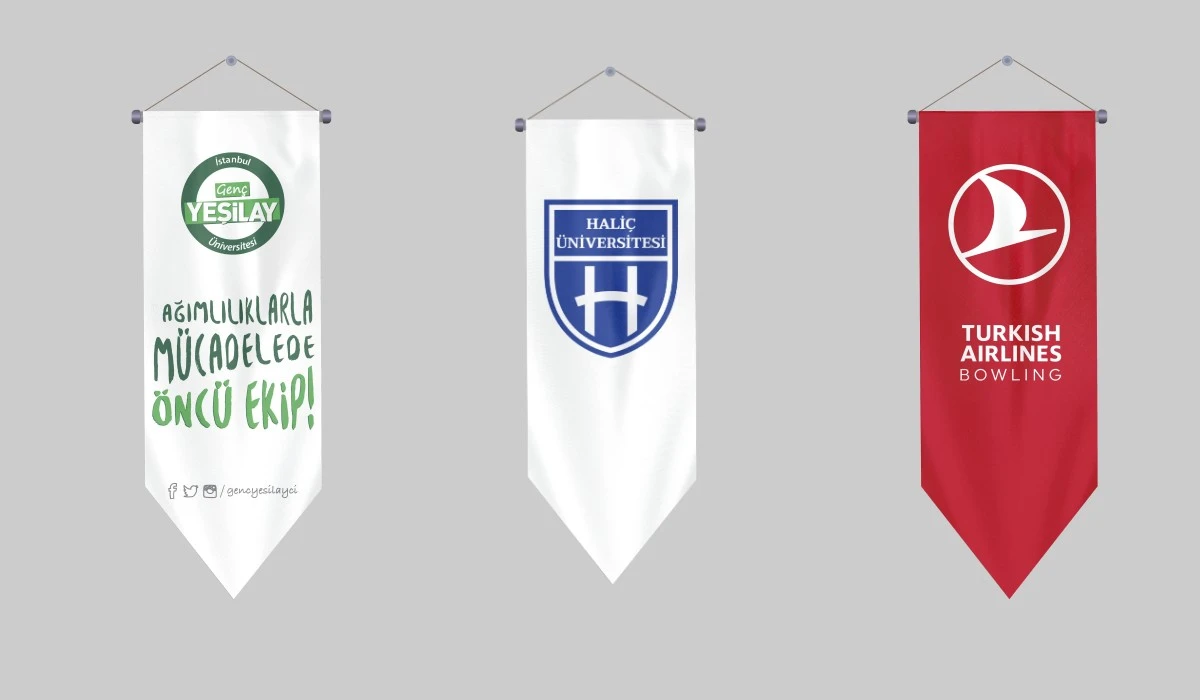Why is each country’s flag different? Flags are important symbols that reflect the identity, history and culture of a country. The flag of each State is shaped by that country’s historical processes, values, struggle for independence and cultural heritage. Therefore, flags symbolize the differences of countries. The colors, symbols and shapes in the designs of flags cause each of them to carry a unique meaning. But why is each country’s flag different? In this article, we will offer explanations from various perspectives on the diversity of flags and why they are the way they are.
Why is the flag of each country different? National Identity, Independence
Flags are one of the strongest symbols of a country’s national identity. For many countries, the flag is a symbol of gaining their independence. The colors, symbols and shapes in the design of flags are an expression of this struggle for independence and the people’s desire for freedom.
For example, the colors red, white and blue in the flag of the United States of America symbolize the war for independence. Red represents courage; white, purity; and blue, unity and freedom. Similarly, the moon and star on the flag of Turkey signify the Turkish nation’s struggle for independence and its cultural ties with the Islamic world. Flags are not only a way of declaring a country’s independence, but also a way of emphasizing its historical and cultural ties.
Why is each country’s flag different? Distinguishability
Flags are one of the most effective ways to ensure international recognition between countries. Each state flag is designed to distinguish one country from another. Flags function to represent a country’s identity in the international arena, at global events such as the Olympics or in times of war.
For example, when looking at Japan’s flag, the red circle on a white background symbolizes the country’s historical connection to the sun. The simple and straightforward design makes Japan’s flag easily recognizable internationally. India’s flag, on the other hand, reflects both the country’s history and culture with its three colors and the wheel in the middle.
It should also be noted that different colors and symbols are elements used to distinguish each country’s flag from others. In this way, flags are not only a visual expression but also a means of identity building.
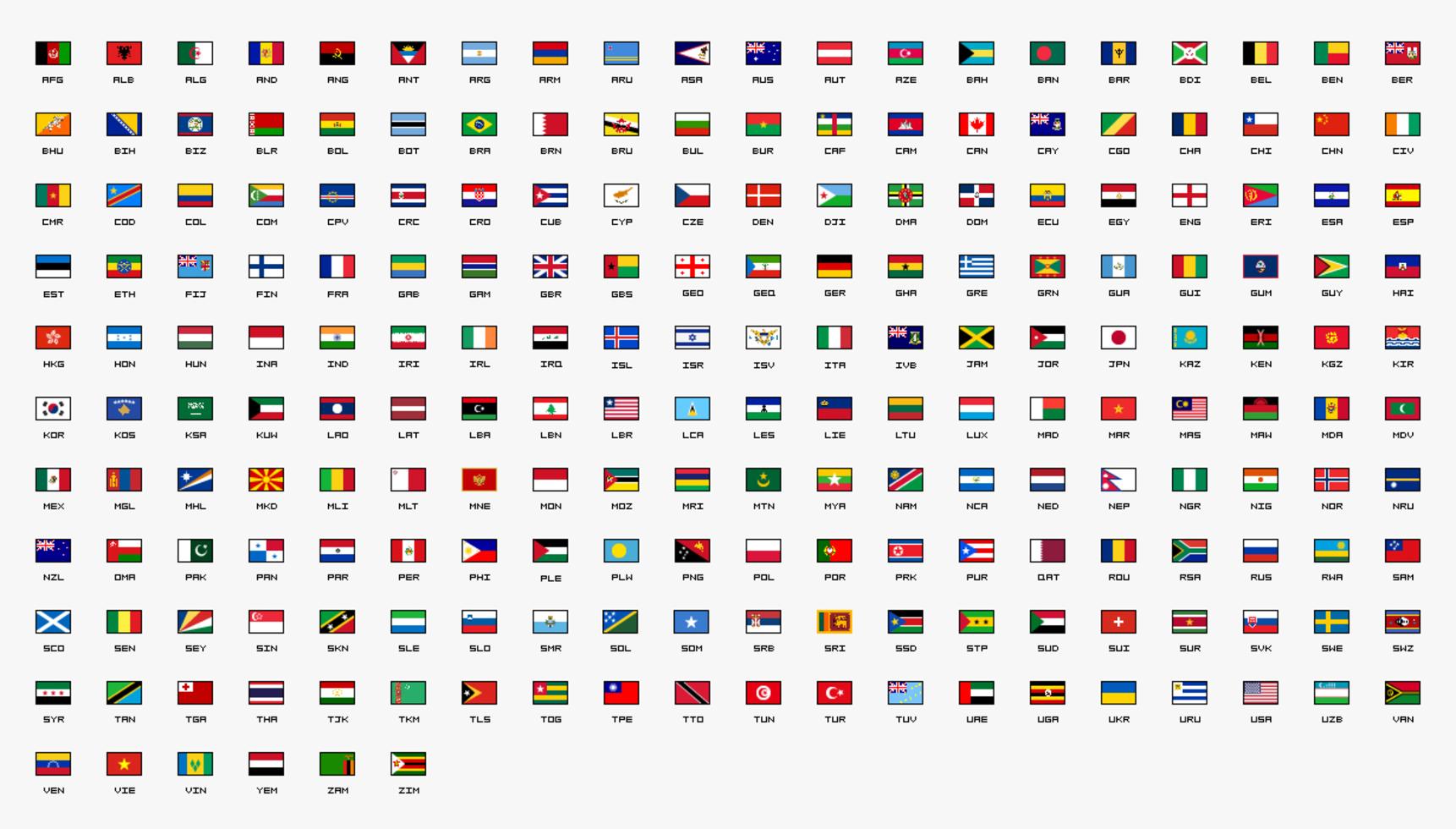
Why is the flag of each country different? Historical, Cultural Meanings
Behind every flag lies a history. Many countries are inspired to design their flags by important events in the past, heroes or the struggles of their people. Flags represent countries’ historical events, victories and the values of their society.
The flag of France symbolizes the revolutionary spirit. This flag, with its blue, white and red colors, is a symbol of the French Revolution. Blue and red represent the revolutionary people and white represents the monarchy. The design of the flag symbolizes the commitment of the French people to the struggle for freedom and equality.
Similarly, the five yellow stars on China’s flag symbolize the leadership of the Chinese Communist Party and the unity of the people. The red background on the flag symbolizes the revolution and the power of the people.
Natural and Religious Symbols
The flags of many countries are enriched with religious and natural symbols. Flags, especially in the Islamic world, feature religious symbols. The crescent and star on Turkey’s flag reflect a deep attachment to Islamic culture and history.
The flag of Arabia, an important figure in the Arab world, contains a quote from the Quran, the holy scripture of Islam, which symbolizes the fundamental principles of Islam. Similarly, the pine tree on Lebanon’s flag is deeply connected to the country’s history and geography.
Why is the flag of each country different? Communication between Countries
Flags are not only symbols of independence or national identity, but also serve as a means of communication between countries. In diplomatic relations, states use their flags to show mutual respect and these symbols play a strengthening role in international relations.
A country’s flag can often be a reflection of its economic, cultural and military power. Flags of large and powerful countries often have complex and eye-catching designs, while flags of smaller countries tend to be simple but concise.
State Flags Models with Trend Flag
Today, flag production has become more modern with the influence of technology and aesthetic understanding. State Flags are not only the symbol of a country, but also an artistic design element. Our Trend Bayrak company represents the history, culture and identity of countries in the right way by producing flags at high quality standards.
Flags are produced from durable fabrics, making them resistant to wind and weather conditions. In this way, flags maintain their aesthetics for many years. In addition to producing national flags, Trend Bayrak ensures that state flags are aesthetically designed by adhering to the correct proportions. This ensures a modern and visually impressive appearance without harming the historical and cultural meaning of the flag.
Conclusion
Flags are a reflection of each country’s historical, cultural and religious values. Different colors, symbols and designs tell the unique story of each nation. The diversity of flags symbolizes the richness of different cultures and nations around the world. Therefore, flags not only represent the identity of a country, but also the common history, struggles and cultural heritage of its people. Flags will always remain a symbol of a nation’s struggle for independence, freedom and history.

